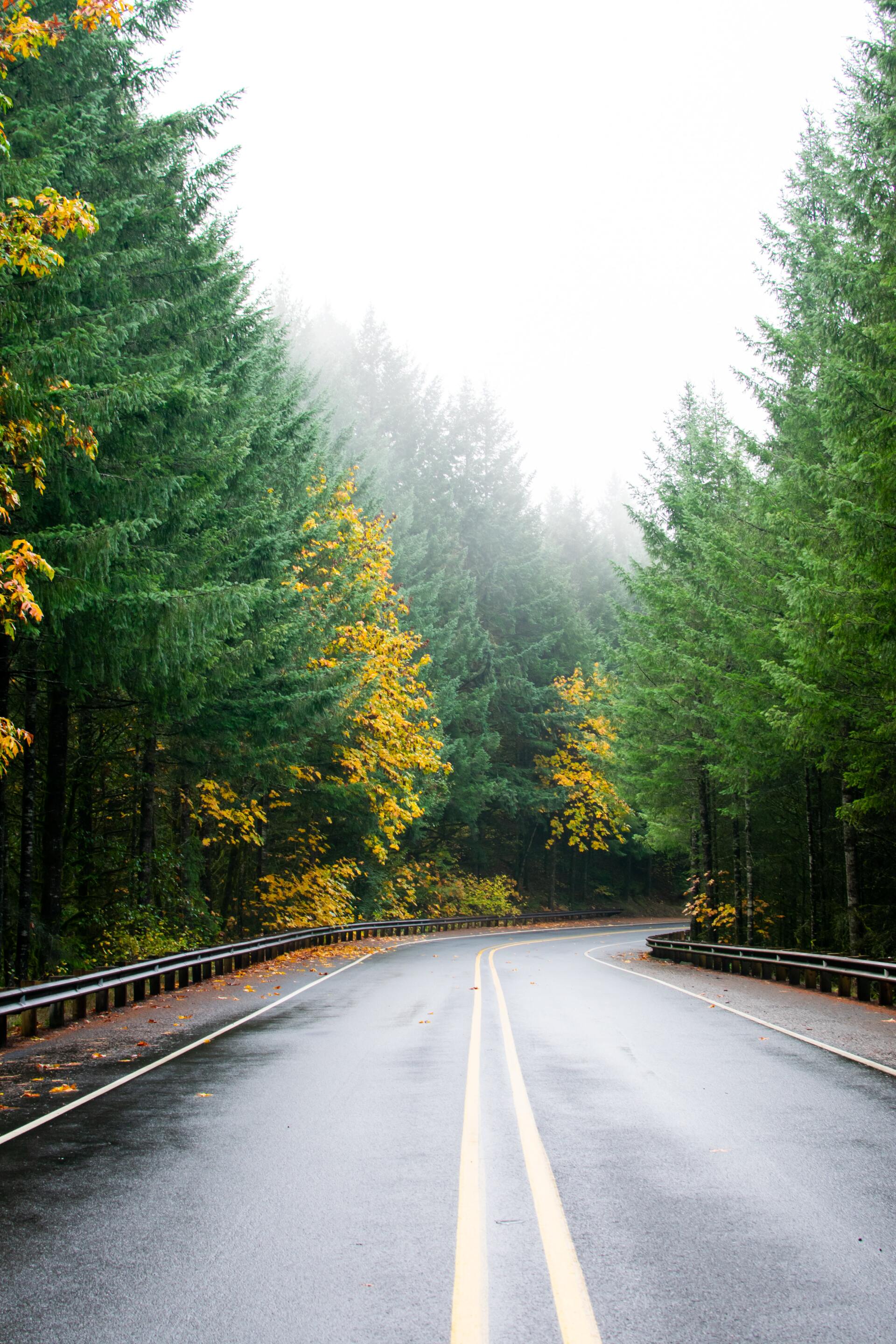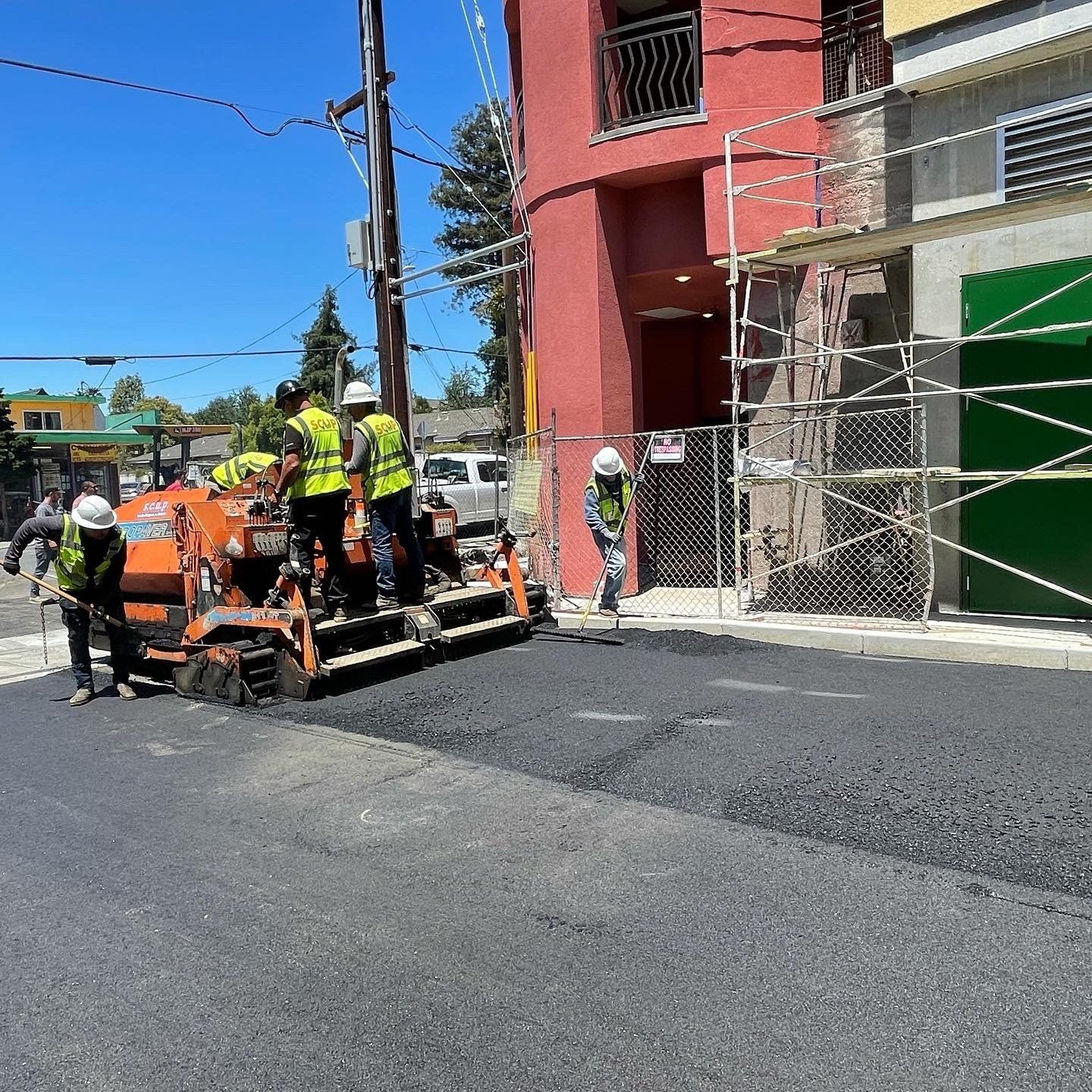Concrete Flat Work
Santa Cruz County Concrete Flat Work Experts
Modern landscapes, such as parking lots, patios, and driveways, are filled with flat surfaces. There are multiple options for paving surfaces that keep everything nice and flat. Concrete is one of the most famous and preferred options for a professional paving project. Concrete flatwork is the process of laying concrete in a fixed flat area. Flatwork can seem simple, but there’s so much more to a paving project than just pouring concrete and letting it dry.
Not all concrete flatwork is created equal. They differ both in structural integrity and decorative function. Premium quality concrete requires the precise mixing of concrete aggregates, fast delivery to ensure proper curing, and delicate application of techniques to achieve durability. Smoother finishes are saved for indoor paving as they can be slippery when wet. Outdoor locations benefit from brush-textured concrete.
Different concrete finishing methods produce different effects, the desired effect is based on the purpose of the flatwork project. The durability and finishing options of concrete make it excellent for decorative purposes. Decorative flatwork techniques give an aesthetic enhancement to otherwise boring gray concrete. There is a variety of methods to apply color, stamping, and texture on flatwork to mimic the look of other expensive surface materials.
Concrete flatwork is usually installed in slabs which is responsible for its durability, however, this also makes it harder to repair if damaged. Concrete repairs can be more expensive, but this can be avoided with proper care and maintenance. The following are good ways to extend the life of your concrete flatwork:


